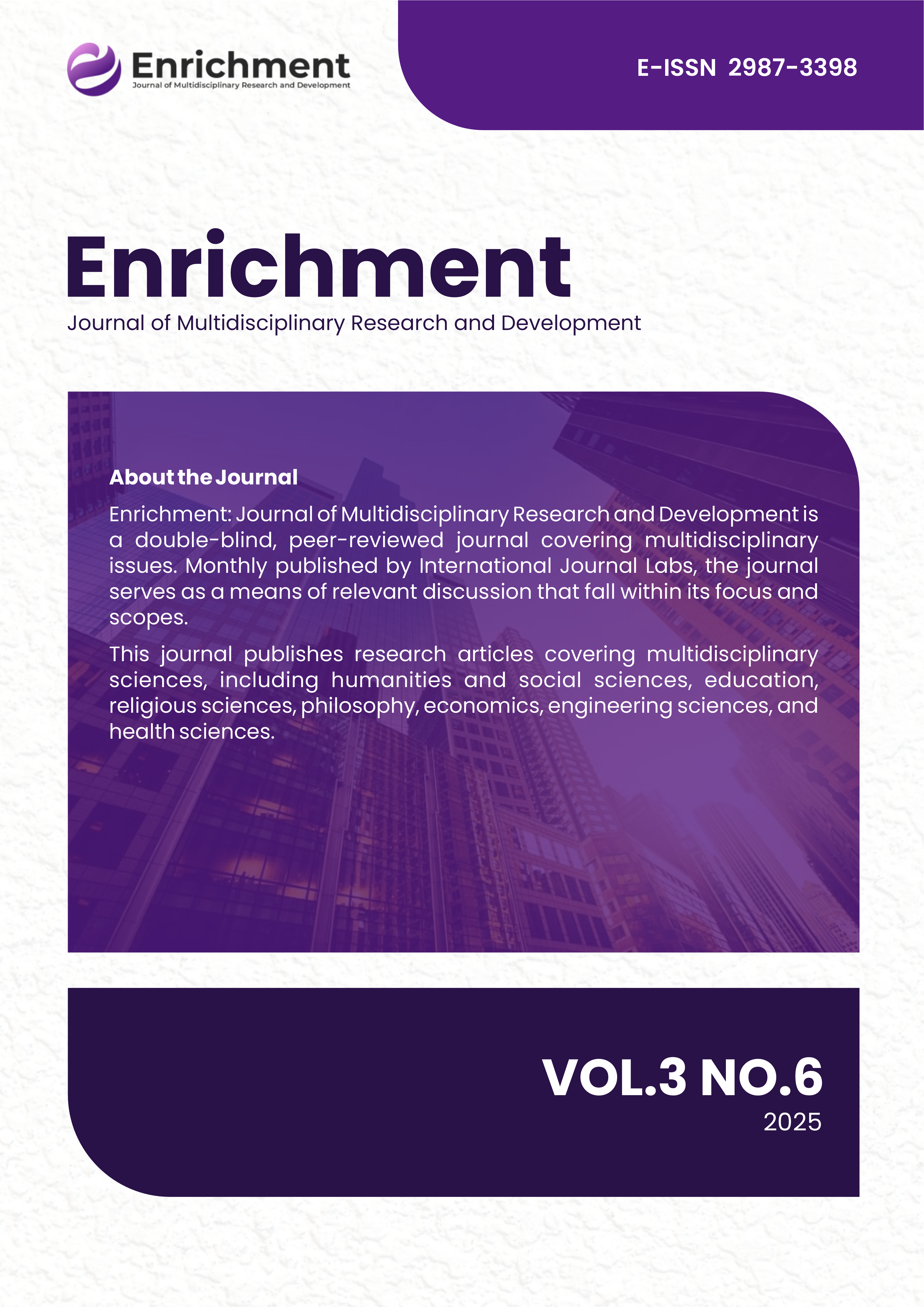Analysis of M-Commerce Adoption in Online Food Delivery Services Using the TAM3, UTAUT2, and TOE Models in MSMES in the Food and Beverage Sector in the Central Parahyangan Area, West Java
DOI:
https://doi.org/10.55324/enrichment.v3i6.476Keywords:
Mobile Commerce, Online Food Delivery Services, SMES, TAM3, UTAUT2, TOE, SEM, Central Priangan, West Java.Abstract
Mobile commerce in online food delivery services (OFDS) is a technological innovation designed to simplify digital business operations. The increasing adoption of mobile commerce in OFDS demonstrates significant interest in the local community as a means of conducting business digitally. The Central Parahyangan region of West Java has seen a significant surge in adoption of this technology. The purpose of this study is to analyze mobile commerce adoption in OFDS using the TAM3, UTAUT2, and TOE models in the Central Priangan region of West Java. This study identifies the conditions and influences of mobile commerce adoption in online food delivery services, using the variables Computer Self-Efficacy (CSE), Computer Anxiety (CA), Result Demonstrability (RD), Mobile-Commerce Knowledge (MCK), Pressure from Trading Partners (PTP), Pressure from Competitors (PC), and Hedonic Motivation (HM) on mobile commerce adoption. The results of the study indicate that Computer Self-Efficacy, Computer Anxiety, Result Demonstrability, Mobile Commerce Knowledge, Pressure from Trading Partners, Pressure from Competitors have a significant influence on the adoption of m-commerce on OFDS among MSMEs in the food and beverage sector in the Central Priangan area, West Java. At the same time, Hedonic Motivations as a moderating variable of Computer Self-Efficacy, Computer Anxiety, and Result Demonstrability also have a significant influence on Mobile Commerce Adoption. These findings indicate that self-confidence, demonstrated results, pressure from peers and competitors, and hedonic motivations are crucial in driving OFDS adoption. This study provides implications for MSMEs to be more exposed to OFDS technology in order to achieve more adequate adoption targets.




